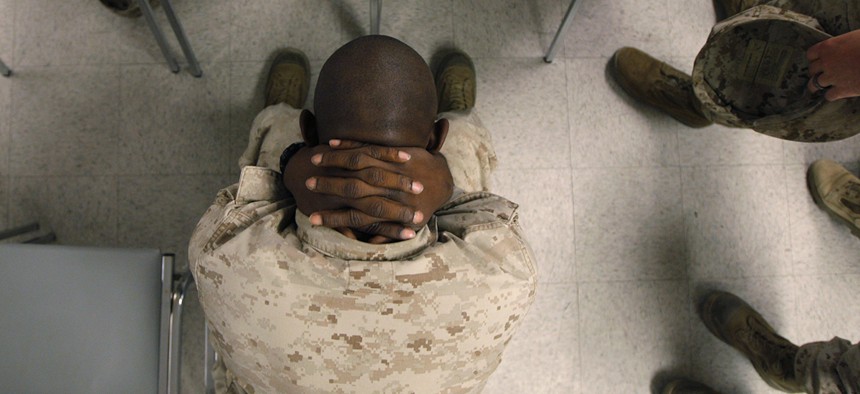We Need a DARPA-Like Program for Veterans’ Problems, Experts Say

Jae C. Hong/AP
Dedicating funds to veterans’ health care needs could bring more products to market faster, experts told Congress.
The Veterans Affairs Department’s research and development operations need a substantial reboot to provide vets with emerging technologies that could improve their lives when they return home, experts told Congress.
Devoting more agency funds to R&D would not only help put more products on the market in less time but improving care today would drive down medical costs in the long run, veteran-focused technologists and entrepreneurs told a House panel on Tuesday. And officials should specifically designate funds for the issues they want to impact, they said.
Witnesses encouraged lawmakers to pursue legislation that lowers costs and increases vets’ access to health care tech, and also explored the possibility of creating a moonshot research office at VA modeled after the Pentagon’s Defense Advanced Research Projects Agency.
Today, VA officials prioritize individual topics for more research, like suicide prevention or advanced prosthetics, but those efforts often get glommed onto existing efforts and may not get the extra resources they need. Witnesses said a structure that sets aside funds for researchers to target specific priority areas—the way DARPA does—could help get those projects over the finish line.
For instance, the Trump administration and former VA Secretary David Shulkin both singled out suicide prevention as a top priority for researchers, yet there’s no funding for technology that specifically addresses that issue, said John Wordin, president and founder of Project Hero, which develops software to track PTSD symptoms in vets.
“We’re all fighting for the same private-sector, private-donor dollar,” said Christopher Meek, founder and chairman of SoldierStrong, which develops bionic prosthetics for disabled veterans. If Congress doesn’t pour more money into long-term research, he said, the projects that could make the biggest impact on veterans’ quality of life may never come to fruition.
“This funding has to be found somewhere,” he said. “In time, it will not only reduce the costs of those devices, it’s going to reduce the cost of medical and VA care for those patients.”
The VA received a 6.1 percent increase in R&D funding under the 2018 appropriations bill, but “there’s no question we need to reallocate resources and get new resources” for the agency, said Rep. Barbara Comstock, R-Va., who chairs the House Science Subcommittee on Research and Technology.






